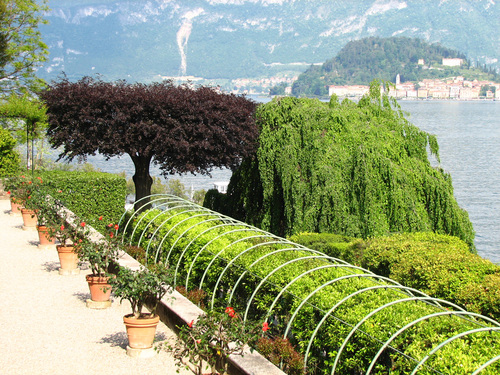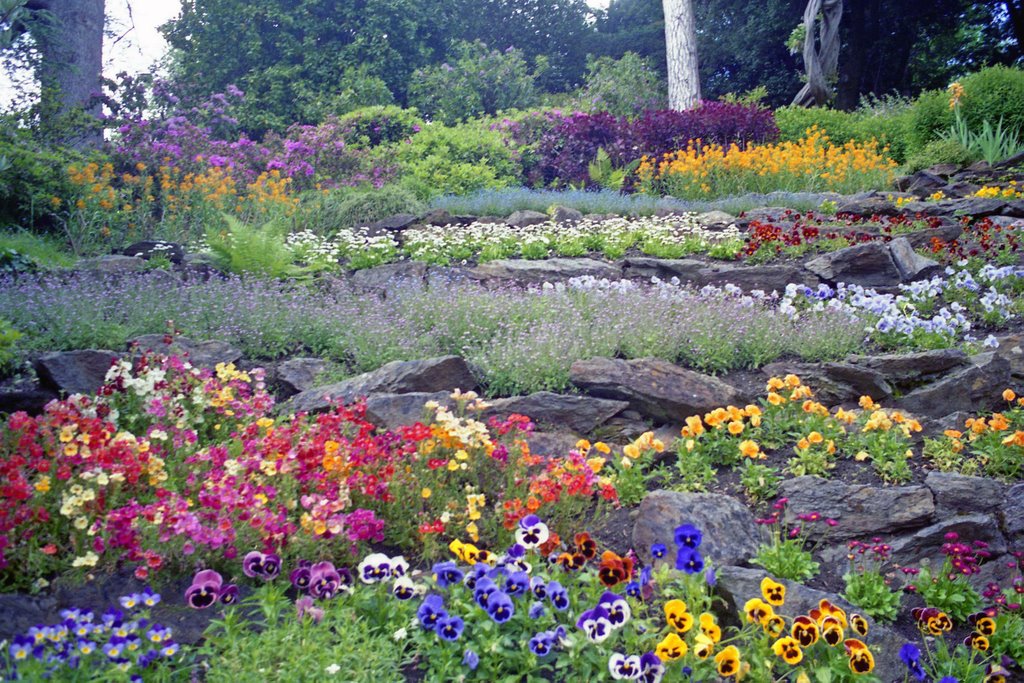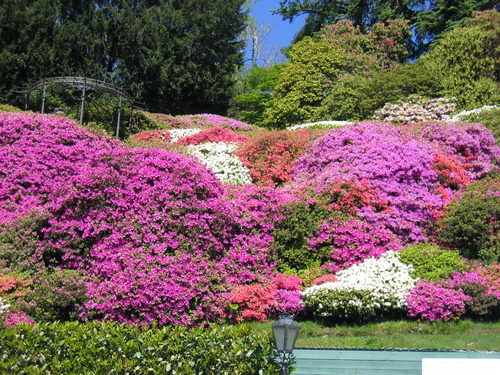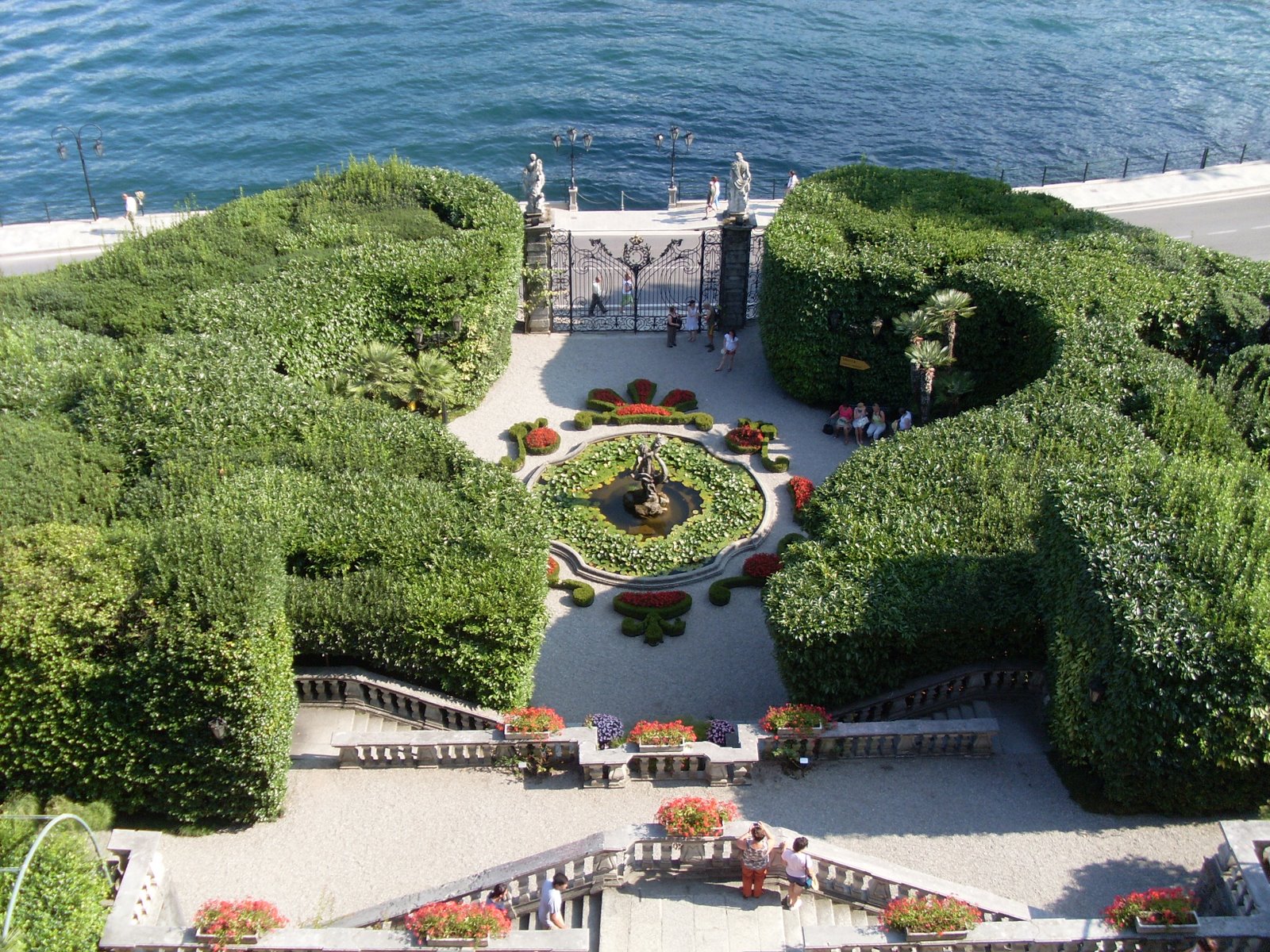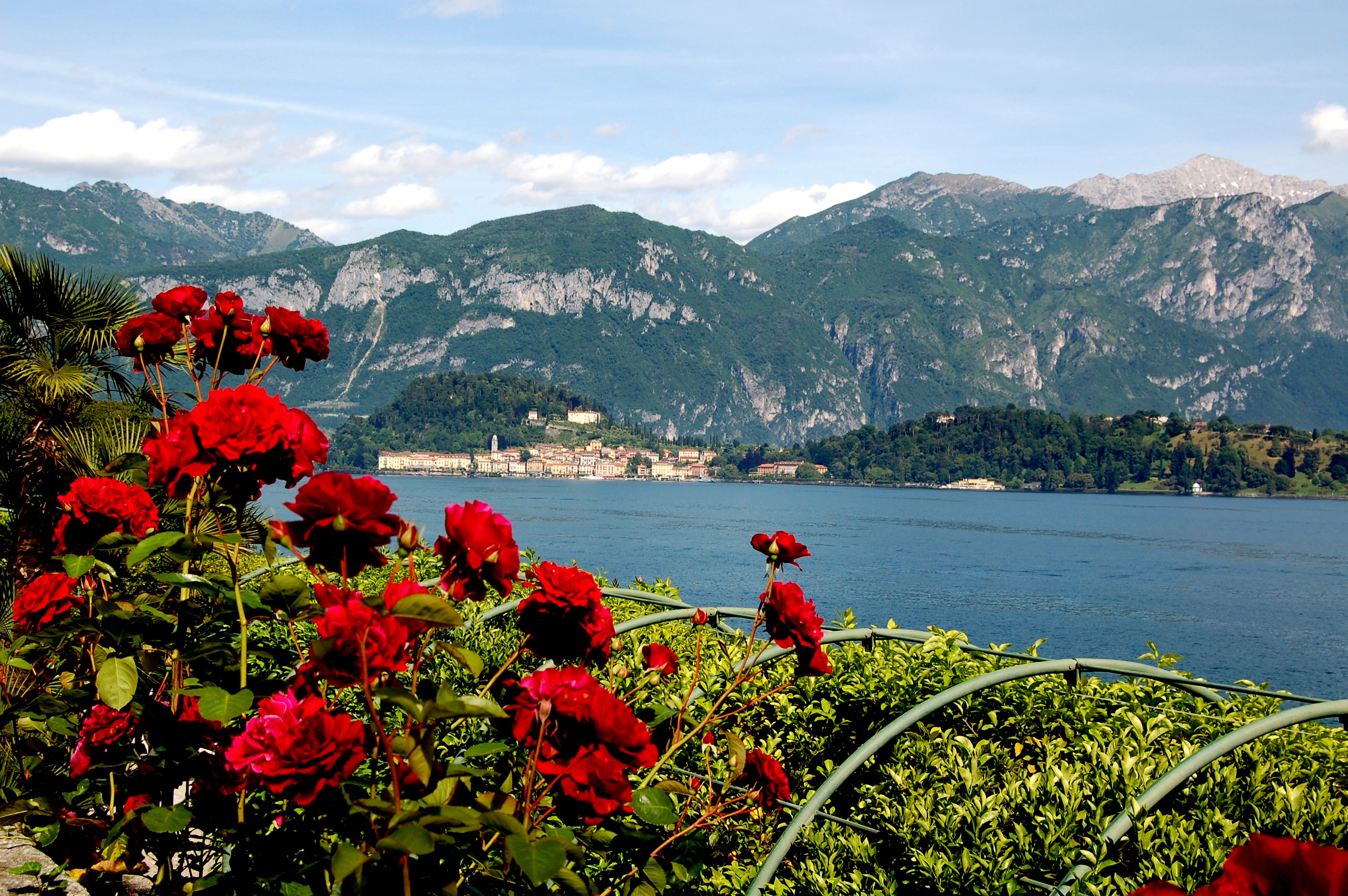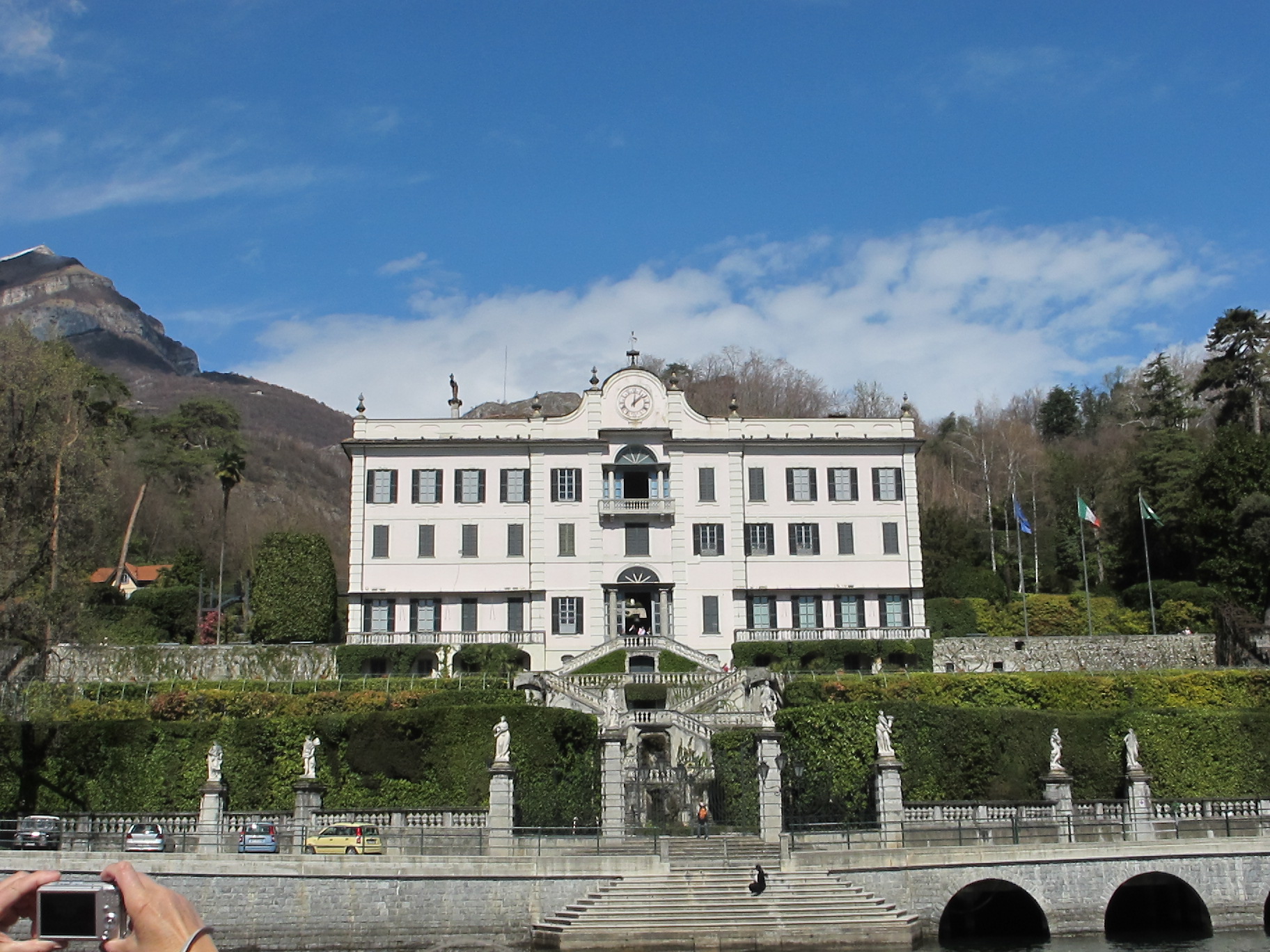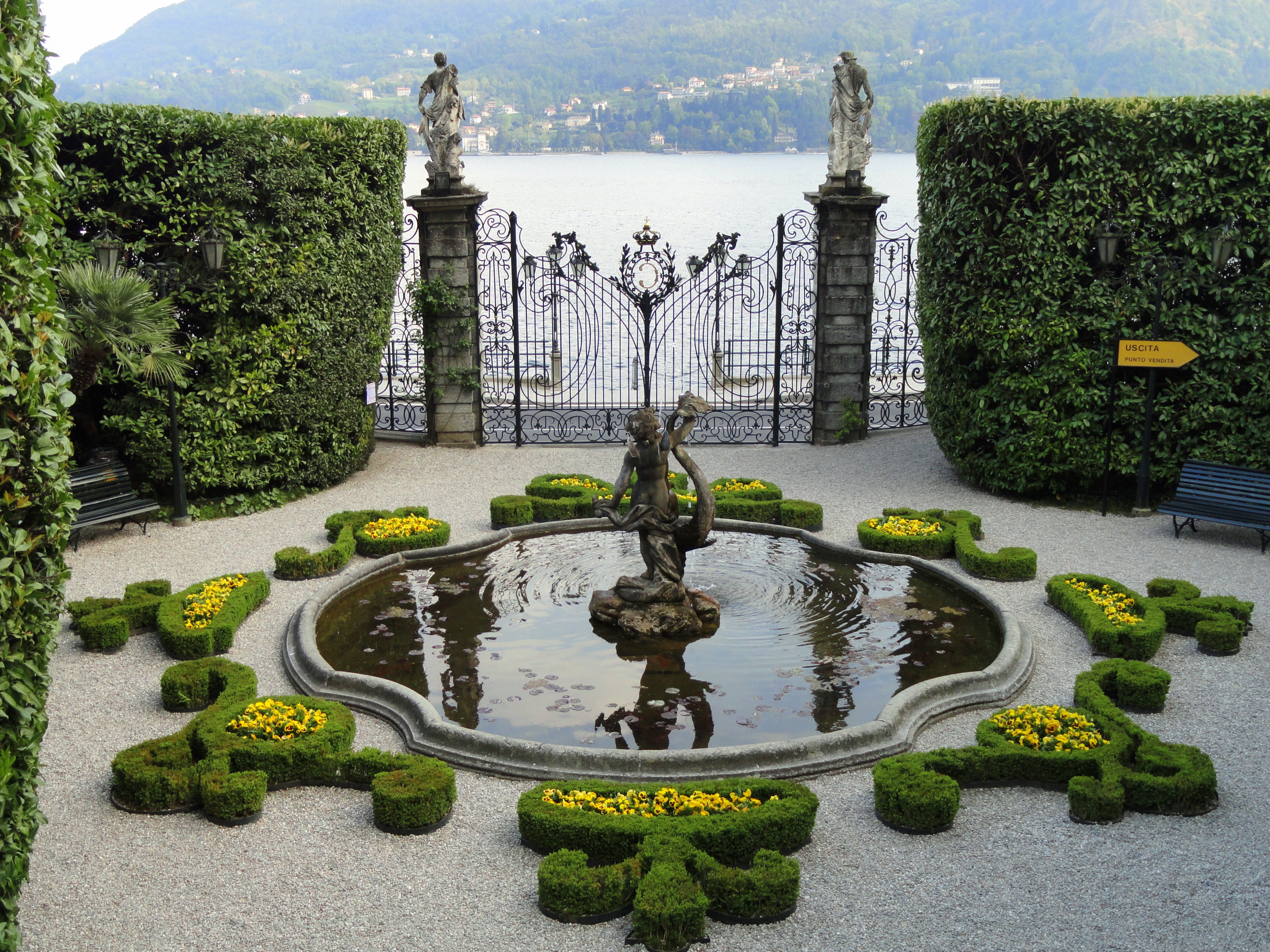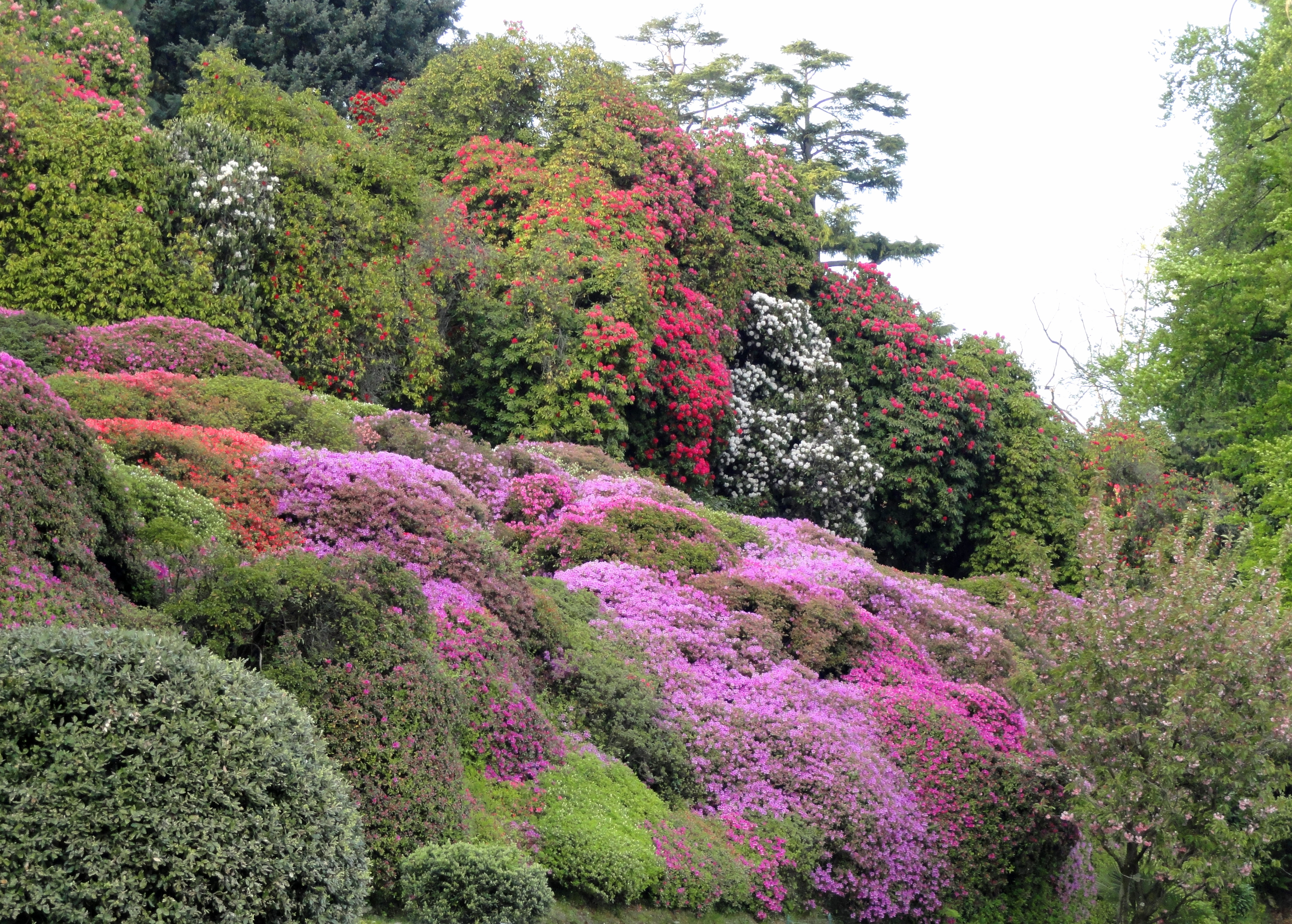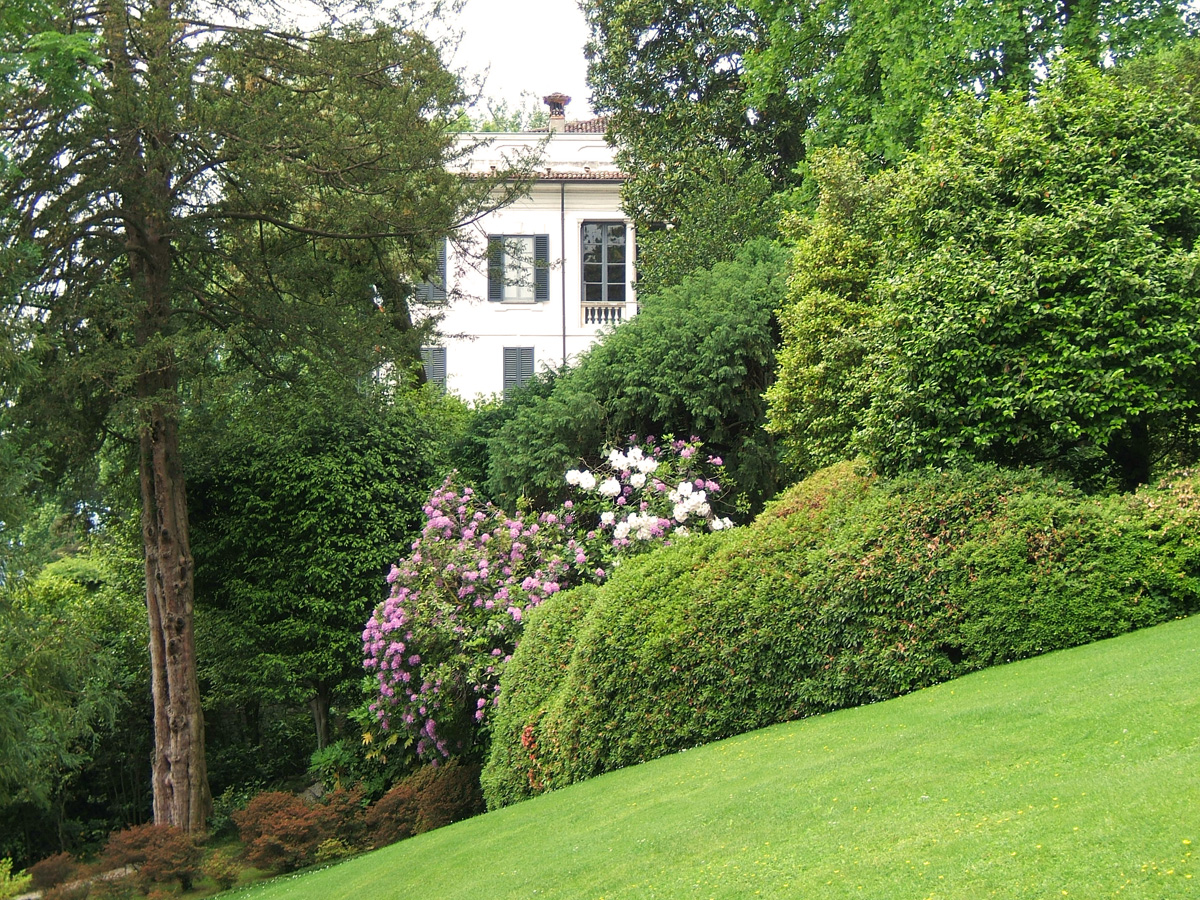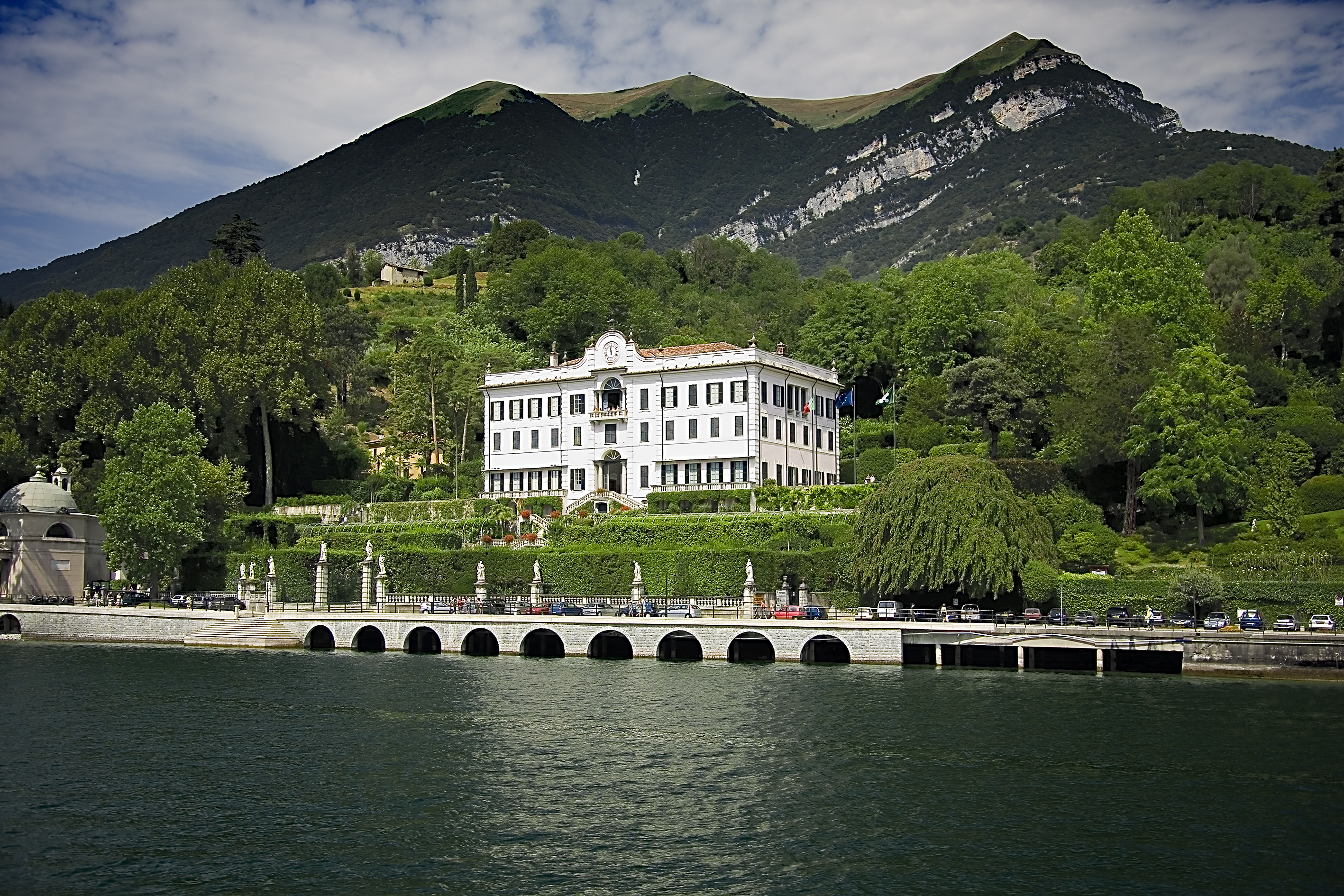
Villa Carlotta
This post is also available in:
 Italiano (Italian)
Italiano (Italian)
Villa Carlotta stands on the western shore of Lake Como, in the municipality of Tremezzo, and covers an area of over 17 acres, housing countless art collections, and a large garden.
The construction of the villa began around 1690 by marquis Giorgio II Clerici from Milan. It was later completed by his great-grandson Antonio Giorgio.
In 1795, the property was sold to the politician and great art collector Giambattista Sommariva, later named count and then marquis, who transformed it into a real museum of ancient and modern works of art – at the time, it attracted many important visitors from all over Europe.
In 1843, the property was sold by his heirs to Princess Marianna of Nassau, the bride of Prince Albert of Prussia, who gave it to her daughter Carlotta when the latter married George II, Duke of Saxony-Meiningen.
Villa Carlotta has been a property of the Italian State since 1914 and has been managed by its own trust since 1927 (Ente Villa Carlotta).
What remains of the art collections, including works by Canova, Hayez, and Thorvaldsen, is exhibited inside the villa.
There is a nice cafeteria, two picnic areas, and a bookshop. Visitors should not miss the interesting Museum of agricultural tools built inside the greenhouses and some old lemon groves. On display, there are tubs, wheelbarrows, presses, vats, a fire pump, and many other ancient tools used by the gardeners of Villa Carlotta.
THE GARDEN
The garden is a place of great charm, mainly thanks to its wonderful panoramic position, the harmonious coexistence of styles, and the botanical richness. At the end of 1600, Giorgio Clerici was tasked with the creation of the Italian garden in front of the villa, with high formal hedges, balustrade parapets, statues, fountains, and water features.
The English park, which develops on the hill behind the villa in a succession of ancient trees, caves, paths, and perspective effects, dates back to the XVIII century romantic period and was designed by Sommariva.
In the XIX century, Prince George of Saxony Meiningen, a botanical enthusiast, had the imposing patches of rhododendrons, azaleas and several rare plant species planted in the garden, in memory of his beloved first wife Carlotta, who had prematurely died.
The particularly fertile and acidic soil (thanks to the deposit of sediments from the glaciers), and the mild climate have allowed the luxuriant growth of countless exotic plants, including over 150 different varieties of rhododendrons and azaleas, shaped into rounded topiary-inspired shapes; in the spring they wondrously bloom with thousand colors.
Visits to the villa can be done throughout the year, enjoying the five terraces in front of the house the XVII century pincers-shaped staircase animated by formal flowerbeds, the small fish ponds, niches, fountains, papyrus, high hedges of camellias, citrus galleries, and several ancient vines embellishing the walls of the Italian garden. This area in particular was loved by Gustave Flaubert, during his stay on Lake Como in the spring of 1845.
The Italian garden is bordered by a stone balustrade with twelve pillars supporting as many statues representing mythological divinities and allegorical figures: the night, Hercules, Zephyrus, Dejanira, Flora, Apollo, America, Pomona, Galatea, Eco, Aurora, and Vertumno (symbolizing rural life). In the center, there is an XVIII century fountain with the statue of Arione di Metimna, a cantor and cithara player, saved from the waves by a dolphin.
In the park, along the intersecting paths, there are ancient specimens of camellias (varieties of Camellia japonica and C. sasanqua), as well as a rich collection of secular trees, evergreen, and deciduous plants. Thanks to all these wonderful plants, the garden blooms with mesmerizing colors during each season, without losing its wondrous appeal even in winter.
Evergreen species include cypresses (Cupressus arizonica, C. sempervirens), cedri (Cedrus atlantica “Glauca”, C. deodara, C. libani), Chamaechyparis lawsoniana, sequoias (Metasequoia glyptostroboides, Sequoia sempervirens), araucarias (Araucaria angustifolia, A. araucan, A. cunninghamii), soft cryptomerias (Criptomeria japonica, C. j. “Globosa Nana”,), pines (Pinus coulterii, P. leucodermis, Pinus montezumae, P. nigra, P. parviflora “Glauca”, P. sylvestris, P. strobus, P. wallichiana), Picea orientalis, Abies grandis.
Broadleaved species are present as well, with huge Maidenhair trees (Gingko biloba), beeches (Fagus sylvatica, F. p. “Atropurpure”’, F. p. “Pendula”, F.p. “Tricolor”), magnolias (Magnolia grandiflora and Magnolia figo), handkerchief trees (Davidia involucrata), camphor (Cinnamomum camphora), Celtis australis, Liquidambarar styraciflua, Liriodendron tulipifera, Acer cappadocicum and A. palmatus, Nyssa sylvatica, Parrotia persica, Platanus x hispanica, P. x acerifolia, and Tilia cordata.
It’s also worth mentioning several palms (Jubaea chilensis, Phoenix canariensis, Trachycarpus fortunei), a huge cork oak (Quercus suber), and the evocative wood of tree rhododendrons (Rhododendron arboreum), some of them incredibly old and diameters ranging from 11.8 to 23.6 inches. They can be 49 ft-tall and look evocative of Himalayan landscapes.
Among the shrubs, in addition to azaleas and camellias (over 150 varieties), there is Edgeworthia papyrifera, Stewartia pseudocamellia, Erythrina crista-galli, Griselia littoralis, Luma apiculata, and many other interesting species.
In a natural ravine shaded by lindens and plane trees, there is the “Valley of trees and palm-shaped Ferns” (Dicksonia antartica and other species), originating from Australia.
The Bamboo Garden is equally striking: a Japan-inspired area of 3.587 square yards on two levels, with 25 species of bamboo trees – some rare species grow among waterfalls, streams, and stones.
There is also the quaint “Vegetable Theatre”: a surprising green stage bordered by wings of shrubs, and fitted with a background of tall conifers; it’s also decorated with azaleas, rhododendrons, palms, and centuries-old sculpted wisteria.
Another interesting feature is the Rock Garden, featuring a crown of ornamental shrubs, a mosaic of spring and summer herbaceous plants, and various species of palm trees.
On the east side, among rocks and stones, there are many specimens of succulent plants in pots, belonging to 15 different species, usually protected indoor during the winter.
Finally, there’s the Old Garden, on the left of the villa: it’s a XIX century romantic and quiet area, with a central avenue of umbrella-shaped plane trees, and the eye-catching Baroque Fountain of the Dwarves.
This post is also available in:
 Italiano (Italian)
Italiano (Italian)
Contatti
Via Regina 2 - Tremezzo(CO)
0334-40405
segreteria@villacarlotta.it
Altre info
Adulto euro 9.00 Over 65 anni euro 5.00 Studenti euro 5.00 Bambini (da 0 a 5 anni) ingresso gratuito Gruppi (min 20 persone adulte) euro 6.50 Scuole (min 20 persone) euro 3.50
Dal 15 al 29 Marzo dalle 10.00 alle 18.00 (chiusura museo ore 17.30); Dal 30 Marzo al 20 Ottobre dalle 9.00 alle 19.30 (chiusura museo ore 18.30); Dal 21 Ottobre al 10 Novembre dalle 10.00 alle 18.00 (chiusura museo ore 17.30)

